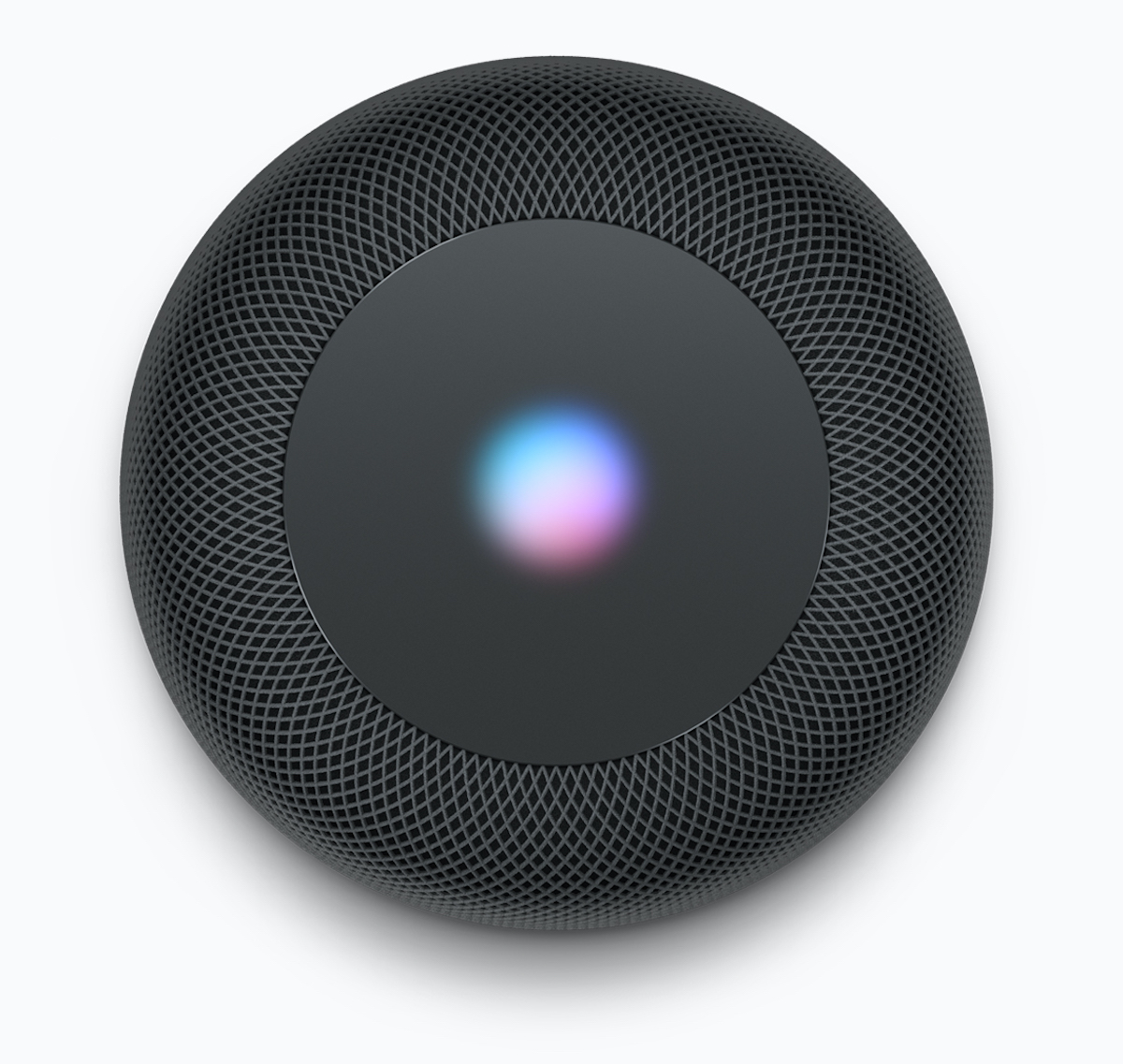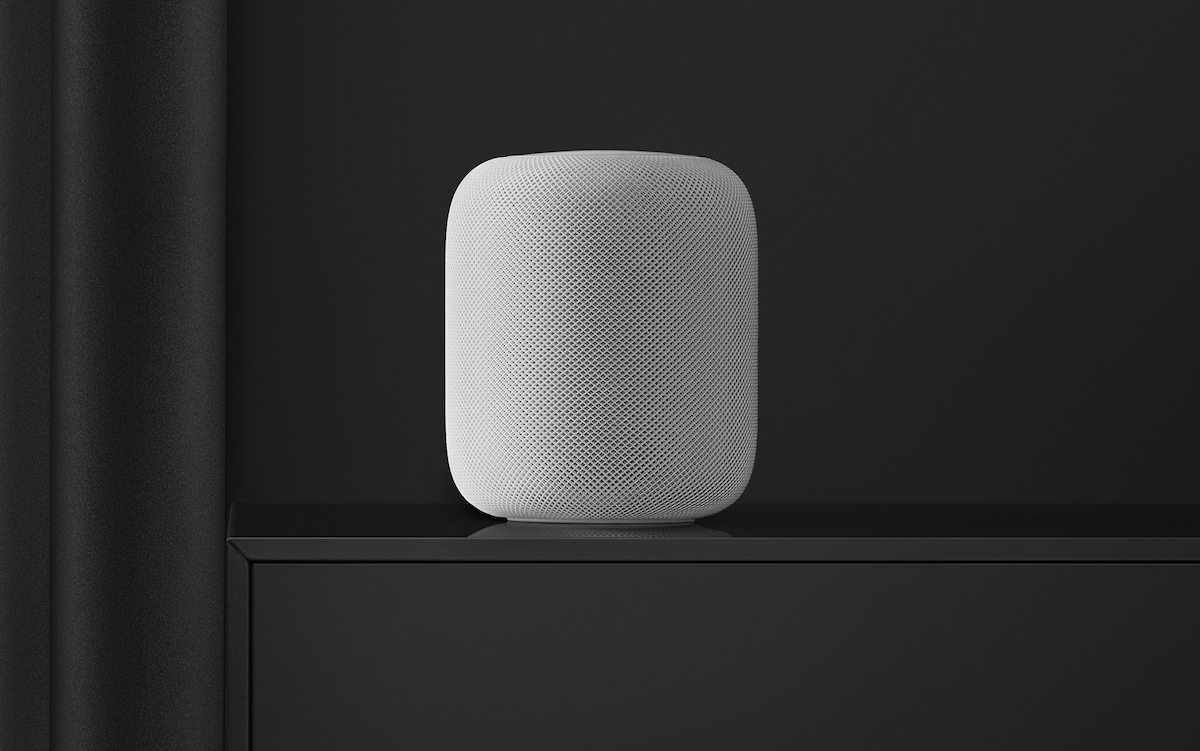The HomePod is finally available in India, roughly three-and-a-half months after Apple announced its India launch and released a software update that enabled Siri support for English (India) on the device. The Rs. 19,900 price tag is a pleasant surprise if you compare it to the official price in the US ($299), but it’s exactly what you would expect if you take in the unofficial market price, which stands at $199.
I’ve been using a HomePod — in both India and Sweden — since March 2018 and my experience is pretty much in line with what you might have read elsewhere. In a nutshell, it’s by far and away the best-sounding smart speaker available in India right now. While the newest high-end Echo devices feature much-improved sound quality, nothing comes close to the richness, clarity, and sheer loudness that the HomePod can offer.
However, Siri’s well-documented shortcomings mean that it, sadly, falls short as far as the “smarts” are concerned. While adding support for English (India) means that the HomePod is now as good as Siri on iOS in understanding Indian accents and ‘Indianisms’ (like Bollywood song names), its ability to offer useful answers and information is just as limited as that of the iPhone.
The difference HomePod’s support for English (India) makes, an illustration pic.twitter.com/szHb3zwZQG
— Kunal Dua (@duak) January 29, 2020
At home, we use our HomePod regularly to set timers and to look up weather, something we’ve been doing a lot more frequently since we moved to Stockholm, as the weather plays a much bigger part in day-to-day lives in this part of the world. Other HomePod features like personal requests, Siri Shortcuts, and HomeKit-support haven’t gained any traction in our household.
The boy will ask Siri to play the occasional tune, but I’ve noticed he now turns to Alexa more often, probably having been scared by the “Sorry, I’m having trouble…” response that the HomePod used to give every once-in-a-while until I figured out how to solve the problem for good (more on that in a later post). Of course the real reason he turns to the Echo Spot for his music requests is that he likes seeing lyrics as he’s listening to a song, and that he doesn’t mind the tinny sound.
But the most use we get out of our HomePod every day is by using it as a speaker for our Apple TV over AirPlay. We’ve been cord-cutters for the best part of a couple of years now, which means we do 100 percent of our TV viewing via the Apple TV, and the HomePod is our audio output device of choice.

Minor annoyances aside, this works really well, and at various points I’ve considered adding another HomePod to the setup, what with $199 sales extremely common in the US, and enjoying a true stereo pair. The only thing that’s stopped me from doing that is long-term — and I mean really long-term — question marks over the utility of the product.
I’ve already invested nearly $400 in a HomePod (yes, I am one of the “suckers” who bought it at full retail prices when it first launched in the US) knowing fully well that this device will one day become a very expensive (albeit beautiful) paperweight.
One day, in the mid- to long-term future, Apple will stop shipping HomePod firmware updates. And some day, Siri will no longer work on the device because Apple has moved on to a new voice-based assistant. And finally, WiFi and AirPlay standards on the HomePod will go out of date and will no longer be compatible with the digital infrastructure of the time.
Once all that happens — and that day will surely come — the HomePod, like many other smart devices that rely entirely on modern interfaces like wireless audio, will be completely useless.

Which brings me to the biggest thing I wish the HomePod did differently — it should have shipped with an aux-in port. I know that makes me sound like the one dude who still complains about the iPhone’s missing headphone jack (hi, @reckless) but it’s the inclusion of this “legacy” port that would’ve made the HomePod a truly “future-proof” product. Let me explain.
Before I cut the cord and switched entirely to the current Apple TV + HomePod setup, I had a whole host of devices connected to an A/V receiver. And the device I was using for my audio needs was a Cambridge SoundWorks Radiio CD 740 unit that I love for the same reasons I love the HomePod — it’s relatively compact (for what you get), and the sound quality is top-notch.
I paid top dollars for both products at purchase (and didn’t mind doing that for the most part), but I can’t imagine I will have my HomePod hooked on to my TV in 2038, the same way the 740 I bought nearly twenty years ago is still connected to my TV back home in India — all thanks to the good-old aux-in port.
